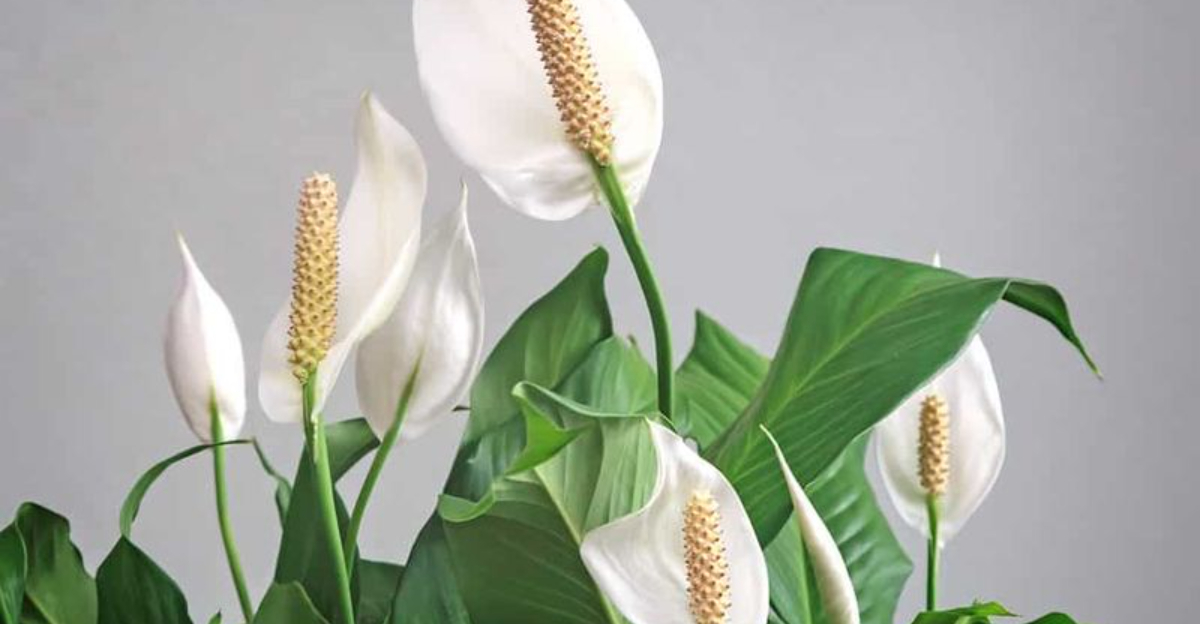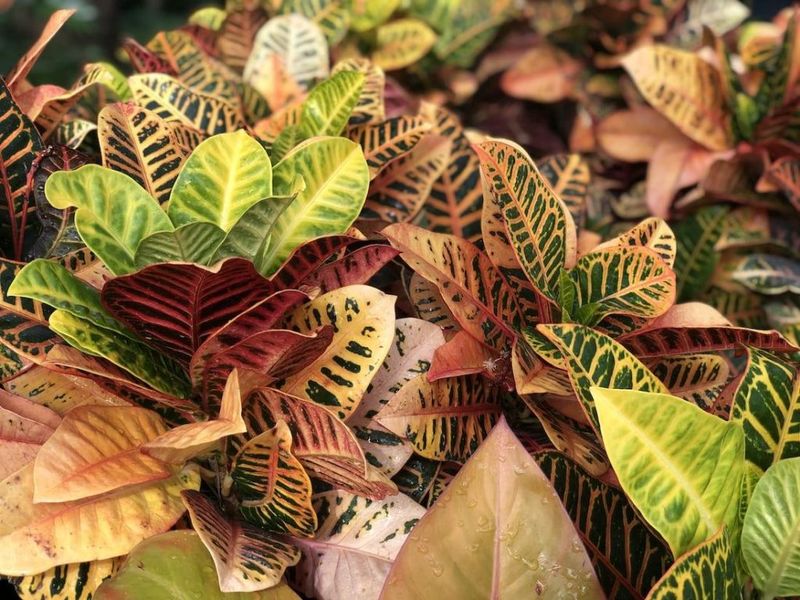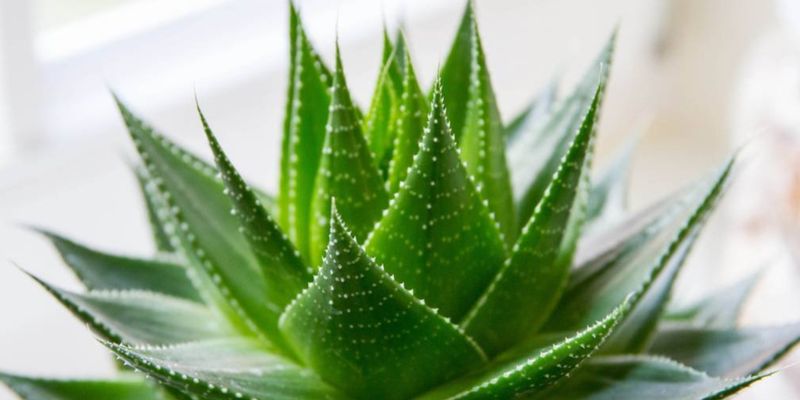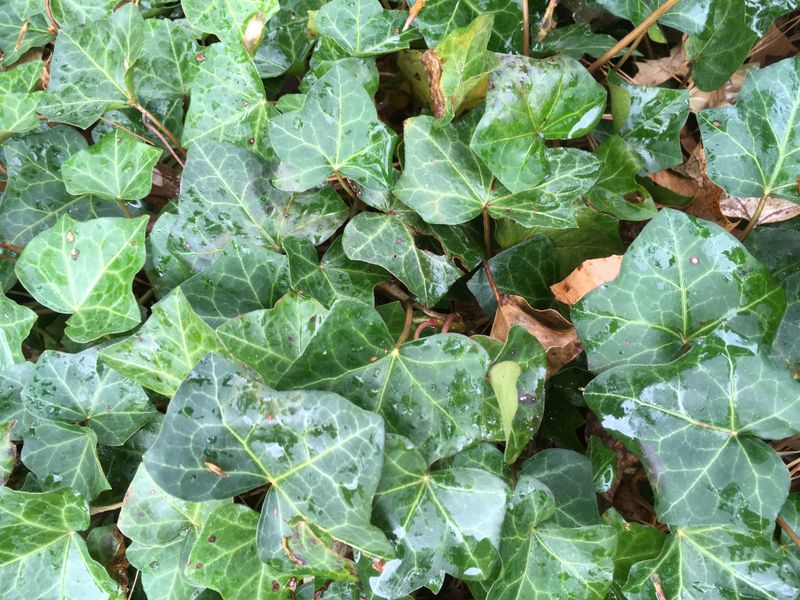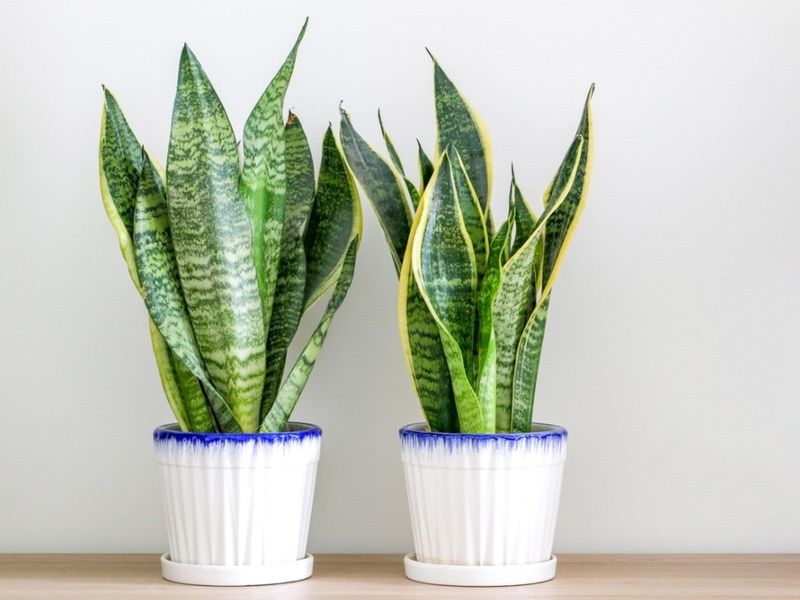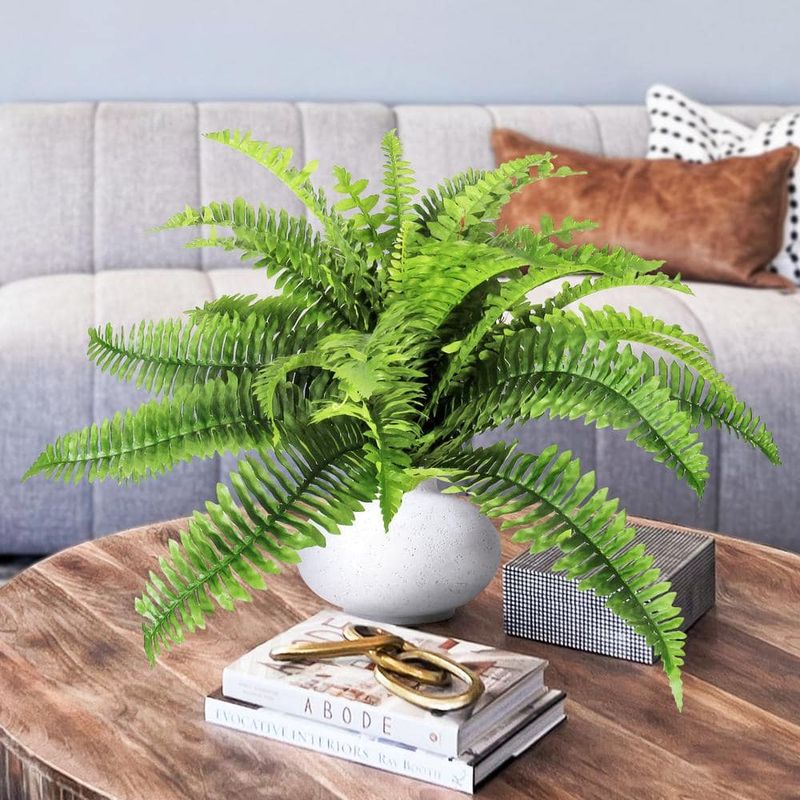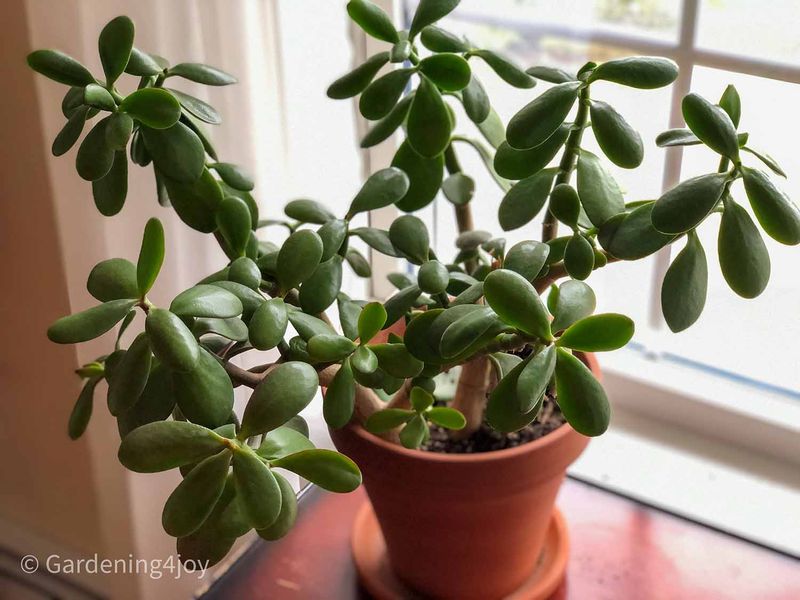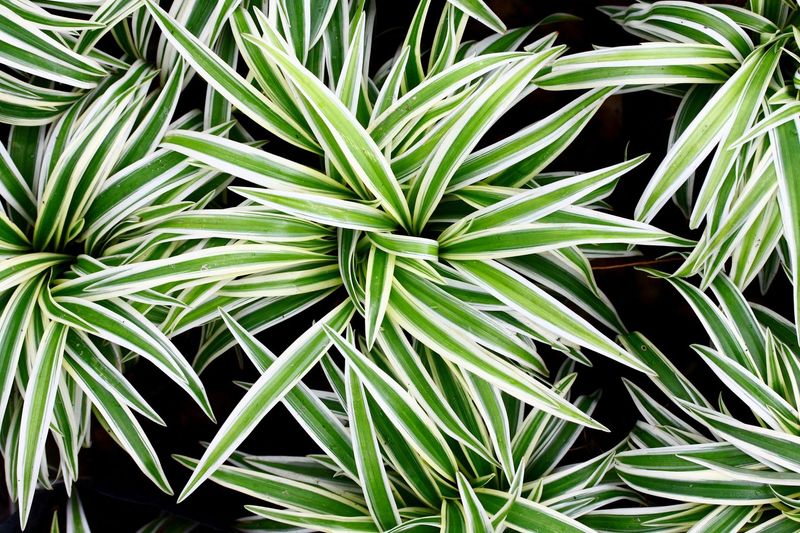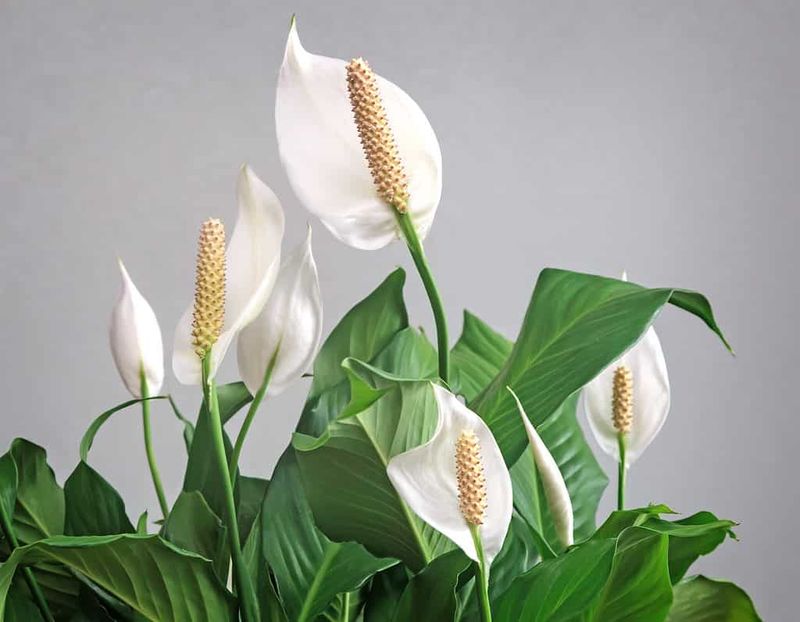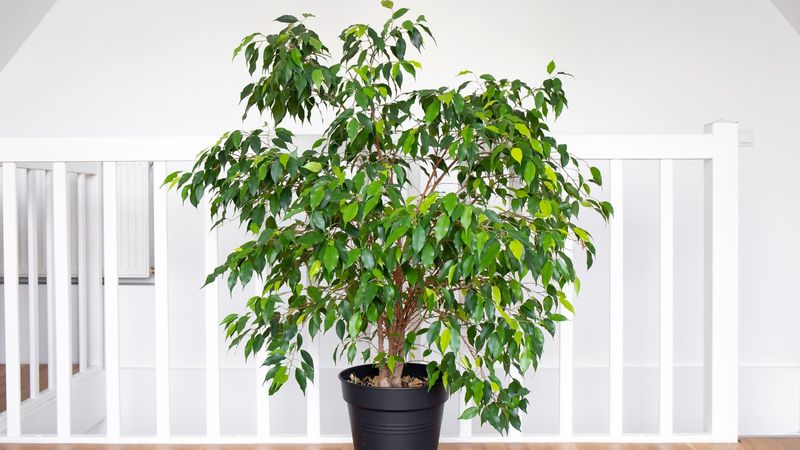Houseplants are often hailed as natural air purifiers, but not all of them wear this crown. A surprising number of popular houseplants may actually contribute to indoor air pollution.
Their complex chemical interactions with indoor environments can result in the release of volatile organic compounds (VOCs), which may affect your home’s air quality.
Explore this list of ten beloved houseplants that, contrary to popular belief, might be polluting your air.
1. Philodendron
Philodendrons are known for their lush, trailing vines and hearty leaves. While they add a touch of green to your space, they can also emit formaldehyde, a common indoor pollutant.
This emission may surprise plant lovers, given the Philodendron’s reputation for being low-maintenance. It’s essential to keep your soil well-aerated and avoid overwatering to minimize VOCs.
This houseplant epitomizes beauty and ease, yet its potential to pollute requires a mindful approach in its care and placement.
2. Aloe Vera
Aloe Vera is cherished for its healing properties and aesthetic appeal. Yet, it can contribute to pollution by releasing benzene, especially if overwatered.
This succulent thrives in bright light, adding a splash of green to any decor. Despite its reputation for soothing skin and purifying air, too much moisture in the soil can increase VOC emissions.
To enjoy its benefits without the downsides, ensure it’s placed in a well-ventilated area and watered sparingly.
3. English Ivy
English Ivy is often celebrated for its classic beauty and air-purifying qualities. Ironically, it can release VOCs, particularly if it becomes waterlogged.
Its trailing vines require careful management to prevent mold and excessive VOC production. While admired for its elegance and air-cleaning properties, ensuring proper airflow and soil conditions is key.
English Ivy’s dual nature as both a purifier and a pollutant highlights the complexity of houseplant care.
4. Snake Plant
Snake Plants, known for their durability and striking appearance, can occasionally release benzene and formaldehyde.
Their resilience and low light adaptability make them popular choices, yet they aren’t without their quirks. Ensuring they are not overwatered can help minimize VOC release.
This plant’s ability to thrive under neglect is part of its appeal, but maintaining a balance in its environment is essential.
5. Boston Fern
Boston Ferns are adored for their feathery fronds and elegance. However, they can emit unwanted VOCs, particularly in high humidity.
These ferns demand attention to moisture levels to prevent pollution. Their lush appearance belies the complexity of their care.
Ensuring proper humidity and ventilation can make all the difference in keeping your air clean while enjoying their beauty.
6. Jade Plant
Jade Plants are favored for their thick, glossy leaves and low maintenance. Surprisingly, they can release VOCs under certain conditions.
These succulents thrive with minimal water, making them perfect for those who forget to water regularly.
However, balance is key to avoid excessive VOC emissions. Placing them in well-lit, ventilated areas can help mitigate this issue, allowing you to enjoy their charm without worry.
7. Chrysanthemum
Chrysanthemums are known for their vibrant blooms and seasonal appeal. Ironically, they can emit benzene, a complicating factor in their care.
While their flowers add a cheerful touch, they require careful watering to avoid VOC release. These plants highlight the dichotomy between beauty and complexity in houseplant care.
Proper placement and watering can help balance their aesthetic benefits with their potential to pollute.
8. Spider Plant
Spider Plants are emblematic of easy-care greenery, yet they too can contribute to VOC levels indoors.
Known for their air-purifying reputation, they require well-draining soil to avoid pollution. Despite their forgiving nature, these plants need attention to avoid becoming a source of indoor air issues.
A well-placed Spider Plant can still be a delightful addition, offering greenery and air benefits with care.
9. Peace Lily
The Peace Lily, a classic choice for homes, is admired for its elegant white blooms and glossy leaves. Yet, this beauty may harbor a secret.
It can release volatile organic compounds (VOCs) like benzene and formaldehyde. These chemicals may contribute to indoor air pollution.
Its ability to thrive in low light makes it popular, but be cautious. Ensure proper ventilation to mitigate potential effects. Despite its potential for air pollution, the Peace Lily’s aesthetic charm remains undeniable, making it a staple in many households just the same.
10. Ficus
Ficus plants, with their rich foliage, are favorites for indoor spaces. They can, however, emit formaldehyde, affecting air quality.
Their maintenance includes regular pruning and proper watering to minimize VOC emissions. Ficus plants require a balance between moisture and airflow, underscoring the need for attentive care.
Their elegance is undeniable, yet their potential to pollute calls for a thoughtful approach to placement and upkeep.
